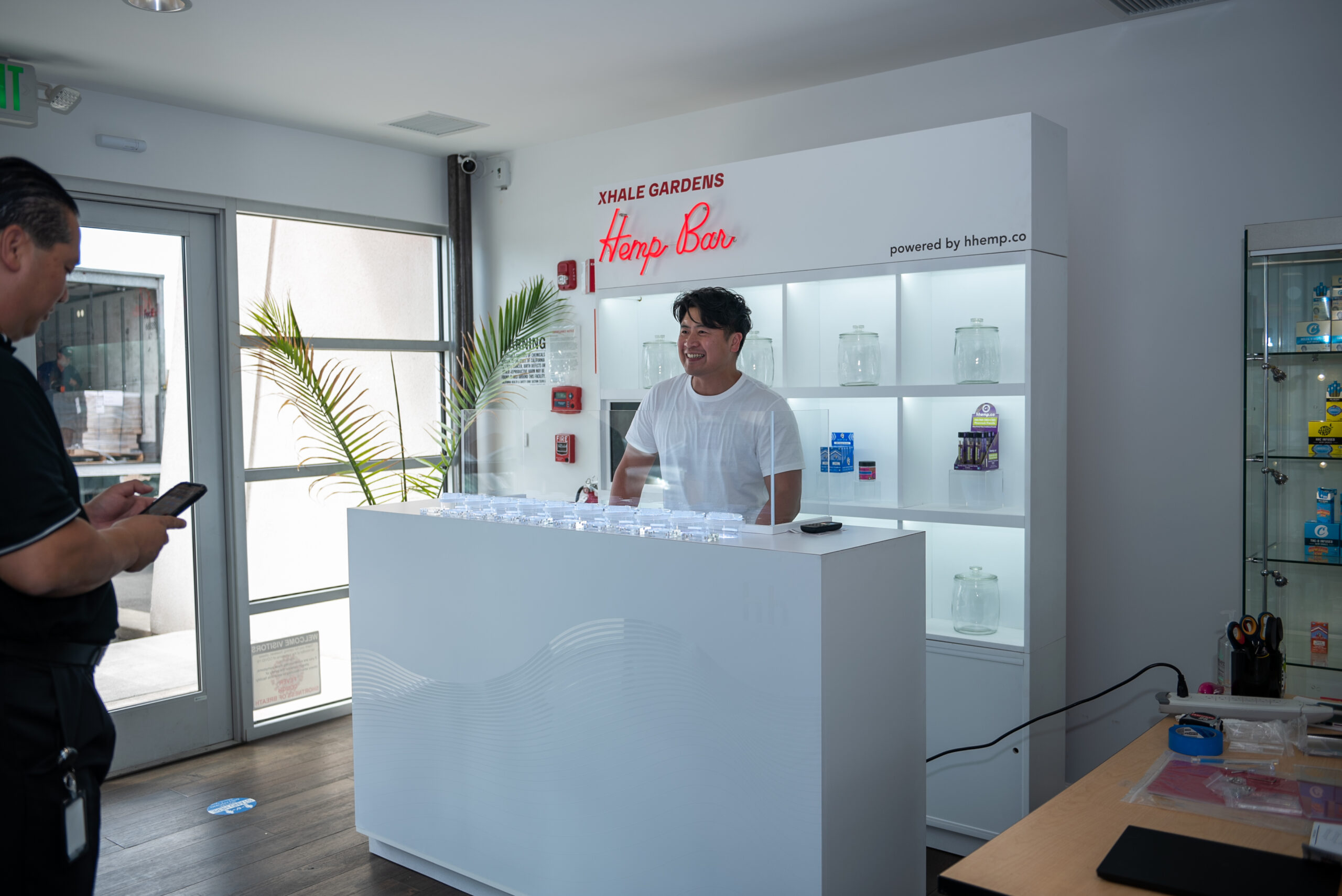
As your company grows and evolves, it’s important to have guidelines around where you apply your time, money, and company resources. Case in point – in-store visual marketing (the visual elements in a brick and mortar store that encourage purchase of products). When should you outsource it vs. take on in house? Then, once you’ve made the decision, how do you split the tasks and why? All good questions that we’ll tackle step by step here to help you find some clarity.
This is intended to specifically address visual marketing, however some points can be carried over to apply in other areas of marketing, or general business.
What is Visual Marketing?
First, a simple list of general tasks and definitions surrounding visual marketing:
- Design – where is the brand now, where is it headed, and how is that communicated consistently to each element?
- Asset Creation – making the actual artwork, taking photographs, etc. to be reproduced at quantity
- Testing (aka prototyping) – testing different materials, techniques, visual mockups to see the design idea in person and make tweaks to get just right
- Production at scale – optimizing production at scale
- Project management – managing cost, timeline, distribution list, shipping and freight logistics, storage, coordination between departments, replacements
- Feedback and improvement – revisions, fixes, closeout
It’s all about the people
Whether you produce one or one million items, these general items need to be addressed in order to have a successful outcome. Does your company have the people and technology in place to perform at an acceptable level at these milestones? If so, keep things in-house for better control, consistency, and build it into a process that increases the company’s overall value.
Another way to get at the answer is to ask where your in-house experience ends? Often, when a new product comes to market, marketing typically ends with product packaging. This would draw the line at #2 above: asset creation. Making a great product and creating a recognizable brand is one thing – optimizing and supporting the product in-store to increase sell-through is another. So in this case, it may be better to keep the design and asset creation process in house, then partner with another company to execute from there. This is what we usually see across brands and retailers and it makes total sense. The most important thing in any marketing effort is to protect the brand, and keeping things in-house gives the best chance of doing that.
Quantity and complexity – the main drivers
Quantity typically drives the next factor when considering outsourcing your visual marketing – in a few ways. Are you making five graphics, or five thousand? How many art versions are there? How many final locations will be receiving them? Are the locations owned by the company, or wholesale at a third party location? Is any special kitting involved? Does thinking about it make your head spin, or are you rearing to tackle it head on?
Generally, if your marketing can all be produced in bulk and shipped to a single location, you’re probably best managing it in house. You’d be able to choose the supplier with the best price, and likely won’t need much customer service. A recent example we had was a laminated floor graphic with adhesive for a client tradeshow. Our client needed two with the same art version, which they provided. Our price was 10x more than an online printer. Both could hit the timeline, and it just had to last for two days. Makes total sense to go with an online printer, as in the worst case scenario the graphic just needs to be reprinted.
On the flip side, if you have multiple art versions, graphic sizes, locations, and different footprints that require special kitting – it’s time to engage with an outside company that does this sort of thing everyday. Note that not all printers are created equal. Direct mail is different from large format, vinyl is not the same as fabric, and typically supporting services are also quite different. While graphics are more straightforward, it’s a little different when it comes to store fixtures.
Printing and store fixtures – the core of Visual Merchandising
Renderings, shop drawings, materials, and techniques are quite different from printing – software, education, and general career path to name a few. Compared to printing, these specialized skills are more involved in the design process, and it makes more sense to rely on outside fabricators to manage and develop these assets vs. coming up with your own design only to find that it doesn’t scale due to material availability, special machines required, or time. So, if you have architects on staff, you’d be fine to tackle in-house. If not, best to collaborate and lean on outside suppliers to create the final product.
Cross departmental functions matter
Taking a step back, how often are deliverables for each of these areas produced? Do they integrate with a separate department (purchasing, store development / operations), and is it managed by the parent department? With one to ten stores, a small team could conceivably manage all the details. Beyond that, it’s probably best to split out the team creating the new store locations vs. those optimizing it from there onward. Fortunately, this more or less follows our previous print / fixture guidelines of where to delineate tasks. Something to think about – when you’re at this point, you’ll start to think about additional supporting suppliers: software, warehousing, freight, overseas production, etc. to find the sweet spot for what the company will need for years to come.
In the end, when to manage in-house vs. outsource is relatively simple – manage it until you can’t!
Jeff Lo is owner of TGS Elevate, a visual marketing / merchandising company that provides printing, point of purchase displays, and store fixture manufacturing, and in-store build outs for companies that have 50-500 locations nationwide.


